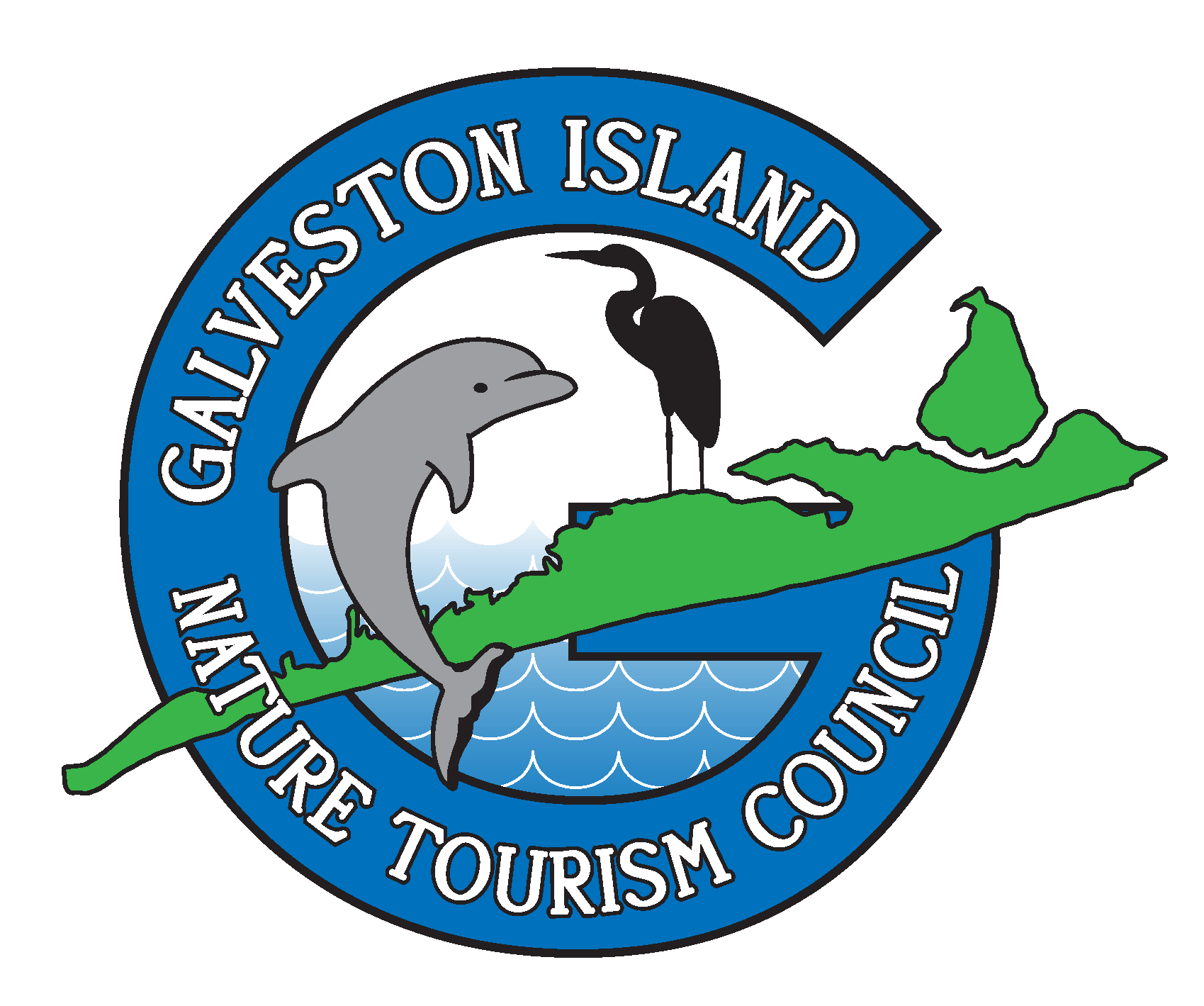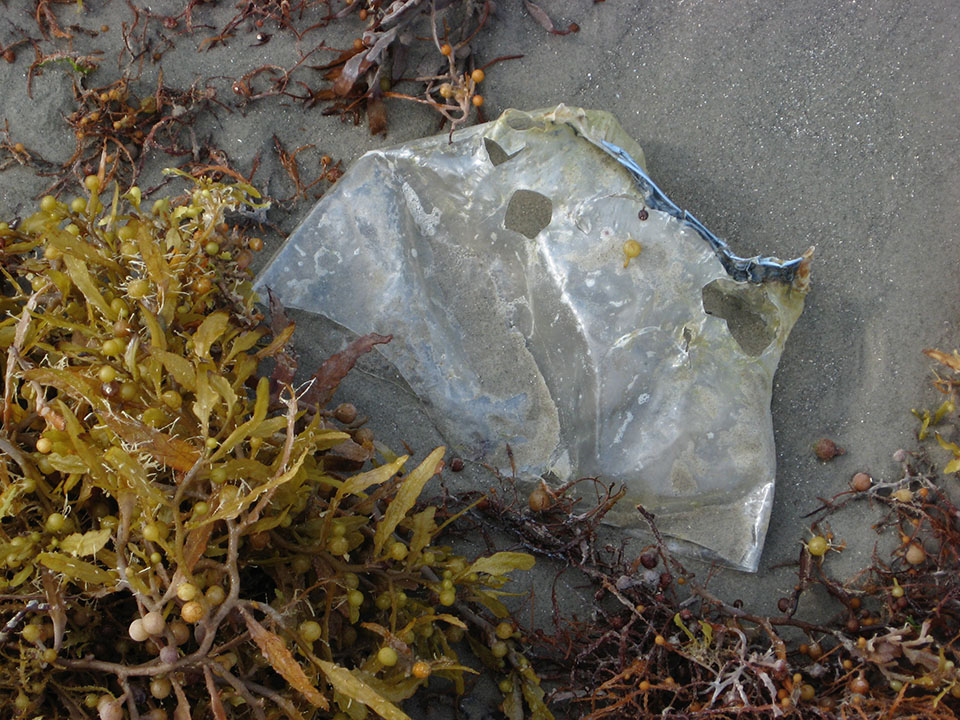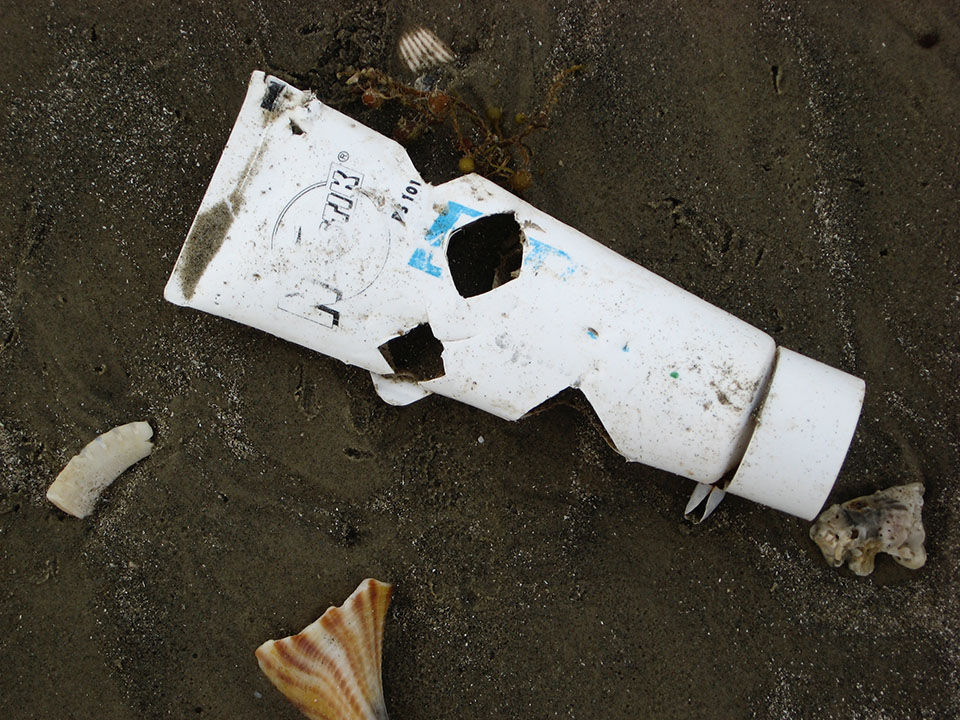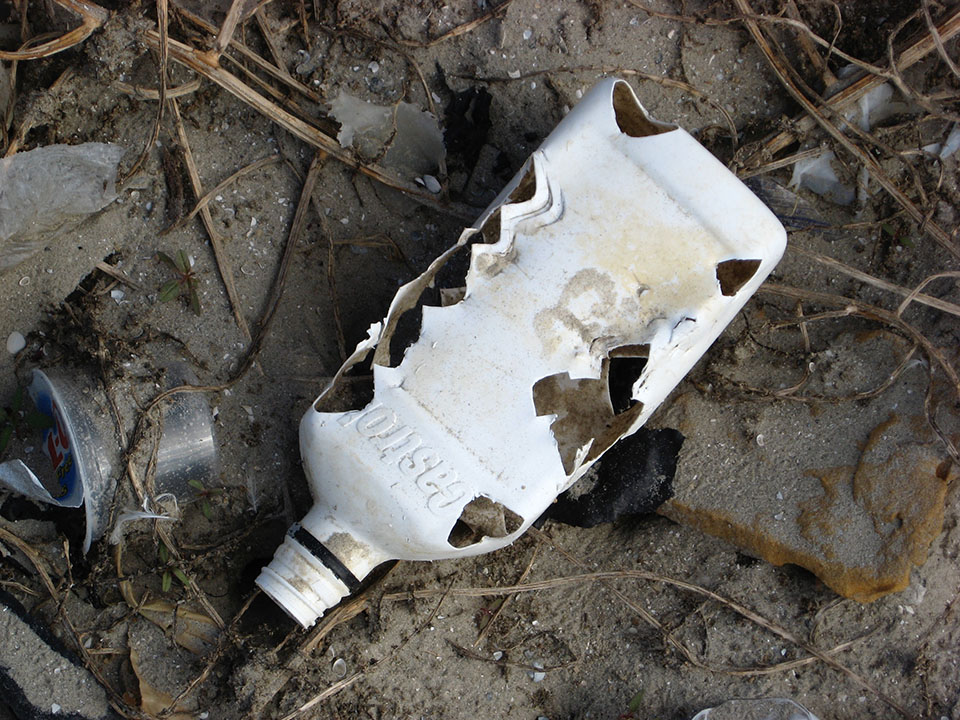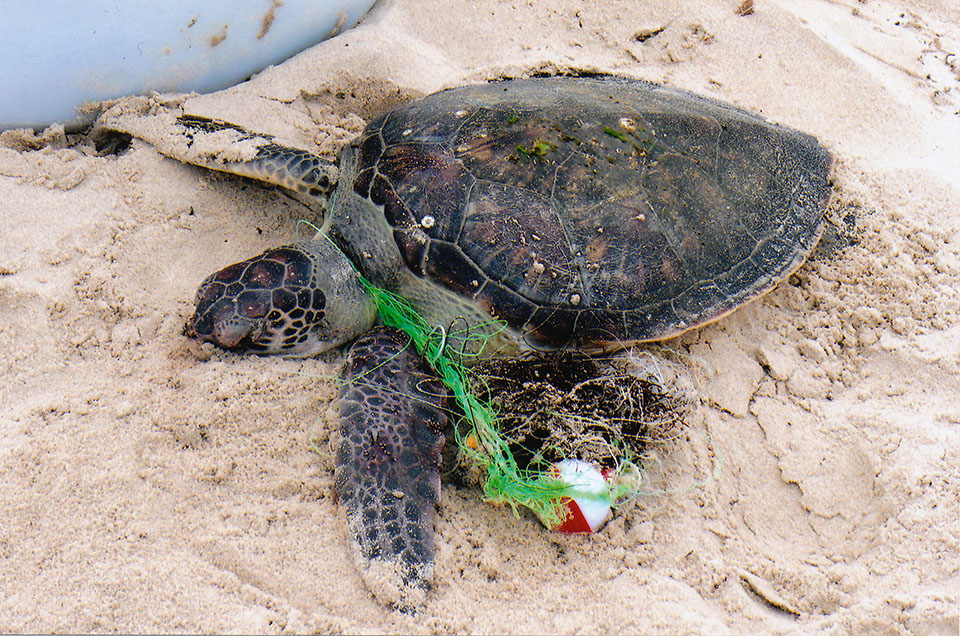by Steve Alexander
Trash has been in The Daily News lately. More specifically, trash left behind on local beaches and waterways.
Margaret Battistelli Gardner’s editorial “Park board must get serious, creative about beach trash” on July 14th was in response to the large amount of trash left on local beaches after the July 4th holiday. Capt. David Dillman’s Reel Report on July 22nd made mention of a call from a local citizen concerned about trash left along local waterways. And most recently, Dr. Victor S. Sierpina in his July 29th column encouraged readers to “Please take your butts off our beaches”, cigarette butts that is.
Trash is a problem, a big one. According to Dr. Sierpina’s column, as much as 2 million pounds of trash is picked up yearly from our local beaches by Galveston Island Park Board employees.
Trash isn’t just unsightly, it’s also harmful to wildlife. Margaret Battistelli Gardner’s editorial pointed this out when she mentioned “the dire environmental toll beach trash has on sea life, which of course eat it, get tangled in and die from it”.
The several photos below provide evidence to support her statement- they do eat it and they do get entangled and die from it.
Sea turtles eat plastics
Plastics find their way into the Gulf of Mexico whether thrown there or carried there by rivers or outgoing tides. Sea turtles mistake floating plastics (like bags, tubes, and bottles) for food and eat it. On beachfront surveys I’ve done with students, as much as 10% of all plastics washed ashore had sea turtle bites. Sea turtle-bitten plastics, like those seen in the three photos below, carry distinctive diamond shapes which match the beak-like jaws of sea turtles. You may have seen these shapes on plastics during strolls along the beach, but didn’t known what they were. They’re sea turtle bites. And the pieces of plastic ingested end up in their digestive tract, where they remain and ultimately kill.
Fishing line entangles sea turtles and sea birds
Wildlife gets entangled in plastic debris and can die from it when it limits their mobility or cuts off circulation to appendages. Fishing line can be especially dangerous as noted in the photo above. Not only does it threaten sea turtles, but sea birds as well. You may have seen a sea bird with a missing foot, and if so, there’s a good chance it was lost to entanglement with fishing line.
Please take trash home, especially plastics and discarded fishing line. It isn’t just unsightly, it’s also harmful to wildlife!
[ABTM id=6804]
